Is glue needed for hardwood floor on OSB?
qwertyjjj
3 years ago
Featured Answer
Sort by:Oldest
Comments (34)
User
3 years agolast modified: 3 years agoBT
3 years agoRelated Discussions
attaching 3/8' plywood to osb - need help!
Comments (6)Yes, the screws are going all the way through the OSB. No, we are NOT screwing into the floor joists because we're preparing for tile, and the tile experts at johnbridge.com say not to. We did buy some Hardibacker screws, and they seem to be working when everything else didn't. I know they're for Hardibacker boards, but they are able to grip and countersink. For now, I think we're okay, but in case anybody else has this problem, maybe this will help....See MorePainting / Sealing 3/4' T&G OSB Floor
Comments (2)"...I have chosen to use 3/4" T&G OSB for the floor. It's cheap and seems quite sturdy." How will it hold up to moisture, especially from underneath the building?...See MoreShould i stack subflooring or rip out OSB?
Comments (1)The first question you need to answer is if your floor joists can handle the weight of additional plywood and the hardwood as I would certainly be concerned of the only subfloor and or decking is one layer of 7/16" OSB. What are the floor joists? What is the spacing? What type of flooring is there currently?...See MoreOSB flooring soaked, New construction. Please advise
Comments (14)I second the recommendation to drill holes in a few strategic places so it'll drain. We had record rainfall last year when we built, and a framing crew that worked when they wanted to. We did upgrade to Advantech but I still had to insist that the local Anvantech regional manager inspect the swelling we discovered and issue a letter certifying their warranty would still cover any future issues with it. The framers we hired just kept saying the same thing - oh it'll be fine we do this all the time. In the end I'm glad I made an issue out of it too. Before the hardwood flooring guys could lay the floor they had to sand down quite a few seams and charged a good bit extra for it. Only my earlier insistence about it ensured that someone else paid that extra flooring labor invoice. So make as much noise about it as you need to - because you're right, subfloor is important for future enjoyment of your home....See Moreqwertyjjj
3 years agolast modified: 3 years agoUser
3 years agolast modified: 3 years agoComoelita Melendez
3 years agoUser
3 years agolast modified: 3 years agoG & S Floor Service
3 years agoSJ McCarthy
3 years agoComoelita Melendez
3 years agolast modified: 3 years agostrategery
3 years agoDavid Cary
3 years agoqwertyjjj
3 years agolast modified: 3 years agocpartist
3 years agoKatherine Lord
3 years agoSJ McCarthy
3 years agoqwertyjjj
3 years agolast modified: 3 years agoqwertyjjj
3 years agoUser
3 years agolast modified: 3 years agoqwertyjjj
3 years agolast modified: 3 years agoG & S Floor Service
3 years agoUser
3 years agoqwertyjjj
3 years agolast modified: 3 years agoshead
3 years agolast modified: 3 years agoUser
3 years agoqwertyjjj
3 years agolast modified: 3 years agoUser
3 years agolast modified: 3 years agoshead
3 years agoqwertyjjj
3 years agolast modified: 3 years agoksc36
3 years agolast modified: 3 years agoUser
3 years agolast modified: 3 years agoshead
3 years agoSJ McCarthy
3 years agoJohn Page
3 years ago
Related Stories

REMODELING GUIDESTransition Time: How to Connect Tile and Hardwood Floors
Plan ahead to prevent unsightly or unsafe transitions between floor surfaces. Here's what you need to know
Full Story
MATERIALSWhat to Ask Before Choosing a Hardwood Floor
We give you the details on cost, installation, wood varieties and more to help you pick the right hardwood flooring
Full Story
HOUSEKEEPINGHow to Clean Hardwood Floors
Gleaming wood floors are a thing of beauty. Find out how to keep them that way
Full Story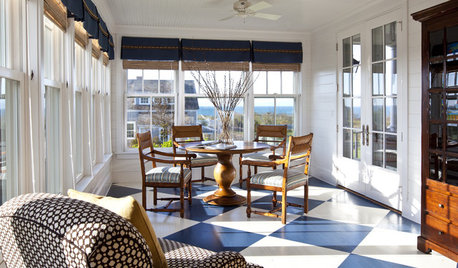
FLOORSHow to Paint Your Hardwood Floors
Know how to apply nail polish? Then you can give your wooden floors a brand-new look
Full Story
REMODELING GUIDESContractor Tips: Smooth Moves for Hardwood Floors
Dreaming of gorgeous, natural wood floors? Consider these professional pointers before you lay the first plank
Full Story
REMODELING GUIDESYour Floor: An Introduction to Solid-Plank Wood Floors
Get the Pros and Cons of Oak, Ash, Pine, Maple and Solid Bamboo
Full Story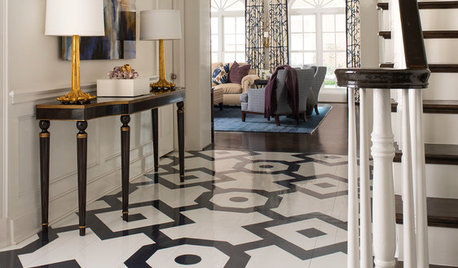
FLOORS6 Alternative Flooring Ideas to Kick Up Your Style
Rubber, cork, concrete and other materials are worthy options in lieu of hardwood or tile
Full Story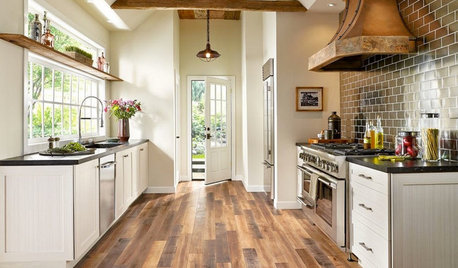
MOST POPULARPros and Cons of 5 Popular Kitchen Flooring Materials
Which kitchen flooring is right for you? An expert gives us the rundown
Full Story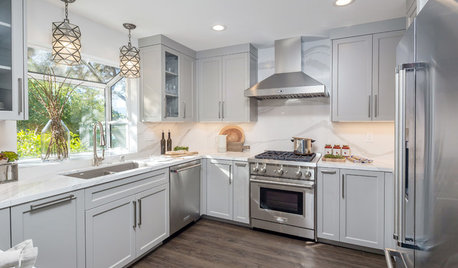
MATERIALSWhat to Know About Luxury Vinyl Flooring
The flooring material has become increasingly popular. Here’s how to determine its quality and get it installed
Full Story
STUDIOS AND WORKSHOPSPick the Best Flooring for Your Creative Space
We give you the lowdown on carpet, concrete, cork and more flooring options so you can focus on your art or craft
Full StorySponsored
More Discussions



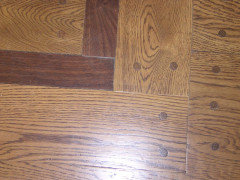


chispa